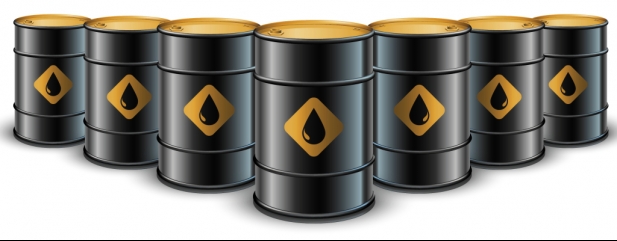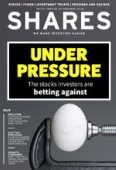Archived article
Please note that tax, investment, pension and ISA rules can change and the information and any views contained in this article may now be inaccurate.
What OPEC can do about energy prices and why it might do nothing

When the latest eye-watering energy bill comes through the post, or you hand over £100 to fill your car with petrol, your mind may not immediately turn to a nondescript building in Vienna, just a short stroll from the Sigmund Freud Museum.
However, it is in this low-key location which OPEC or the Organization of the Petroleum Exporting Countries is headquartered.
OPEC is an intergovernmental organisation or, in slightly less polite language, a cartel which looks to influence the oil market.
At times it has done this in spectacular fashion. The high watermark came in the 1970s when OPEC introduced an oil embargo on Western countries which had supported Israel in the Yom Kippur war. That saw oil prices quadruple.
Since then, OPEC’s influence has reduced as alternative sources of supply have been discovered, not least in the US which is now the world’s top global producer of crude oil.
OPEC still matters though. The cartel found this out to its cost in November 2014 when a failure to cut output against a backdrop of rising supply contributed to a big slump in oil prices.
In recent years it has earned the nomenclature OPEC+, with the plus denoting affiliates such as Russia. The latter, despite the war in Ukraine, has not been excluded from OPEC’s decision making.
The dominant player is Saudi Arabia because it is the largest individual producer in OPEC and, on paper at least, has the most amount of spare capacity for oil production.
The cartel is at a decision point and in August it will have rolled back the final lot of cuts introduced to help support the market when the Covid-19 pandemic hit demand.
The question of just how much more oil OPEC can pump is a live one. In May OPEC’s production fell rather than rose despite the quota for its members being increased. The Saudis got their production up by 60,000 barrels of oil per day, but this was offset by lower levels from the likes of Libya and Nigeria.
There is very little transparency on Saudi Arabia’s oil reserves, although the US-based International Energy Agency believes Saudi Arabia and the United Arab Emirates have 2.2 million barrels of oil per day spare on top of what’s already factored in from the removal of quotas.
However, even assuming the ability to increase output is there, the will might not be. This is a finely balanced decision for OPEC.
Oil prices at current levels are already forcing countries to look at their long-term energy strategies and are creating an incentive to accelerate investment in alternatives. The inflationary pressures associated with high energy prices could also tip the global economy over the edge and lead to reduced demand for crude.
However, what if OPEC increases output and the world experiences a pronounced downturn regardless? Then it will be boosting supply just as economic activity and demand is in retreat. Moving production closer to its capacity will also diminish its ability to affect the market in a meaningful way in the future.
Whatever OPEC decides it could have significant ramifications for the economy and markets across the globe. This underscores the reality that OPEC remains relevant in 2022, just as it was 50 years ago.
Important information:
These articles are provided by Shares magazine which is published by AJ Bell Media, a part of AJ Bell. Shares is not written by AJ Bell.
Shares is provided for your general information and use and is not a personal recommendation to invest. It is not intended to be relied upon by you in making or not making any investment decisions. The investments referred to in these articles will not be suitable for all investors. If in doubt please seek appropriate independent financial advice.
Investors acting on the information in these articles do so at their own risk and AJ Bell Media and its staff do not accept liability for losses suffered by investors as a result of their investment decisions.
Issue contents
Education
Feature
Great Ideas
Investment Trusts
News
- Supermarket sales slide extends to over a year as shoppers trade down
- Trustpilot pulls forward breakeven target at its big investor day
- Henderson manager hits the sell button on Shell
- Why Primark's plan to trial new click and collect service could be smart
- How rising interest rates are increasing the risk of recession

 magazine
magazine








